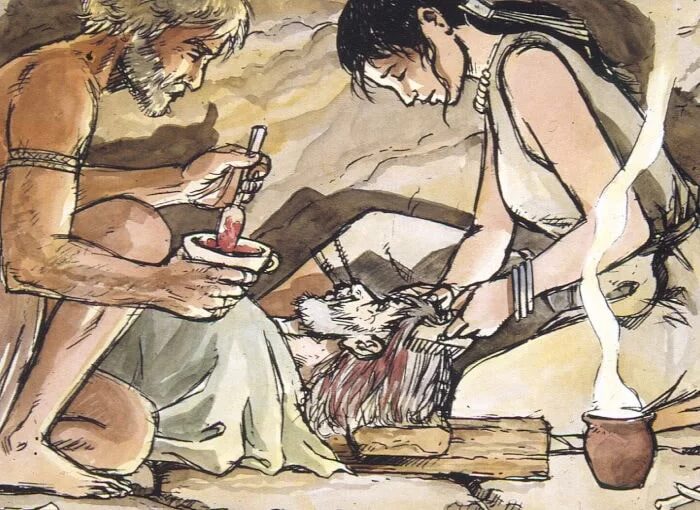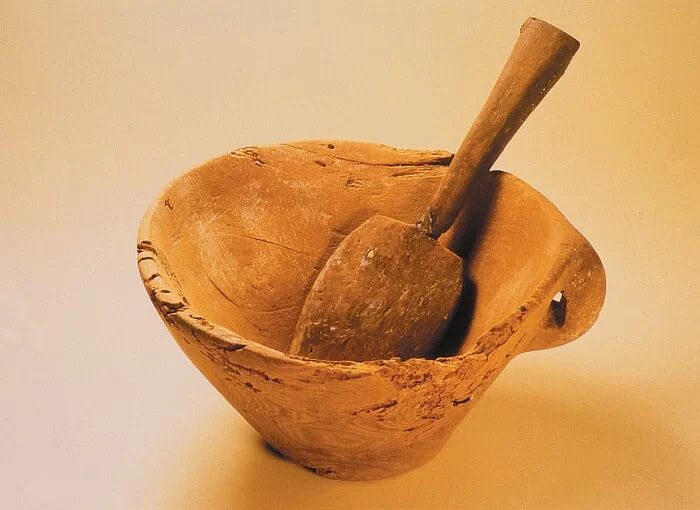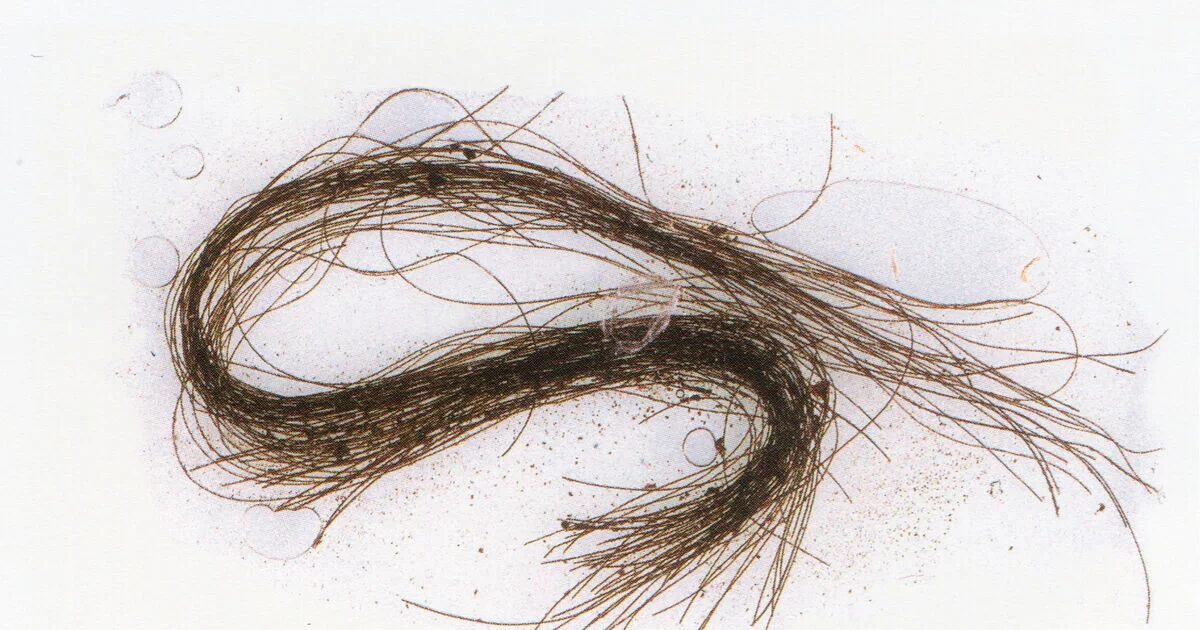According to the researchers, the findings are the first direct evidence of ancient drug use in Europe, which may have been used as part of ritualistic ceremonies.
Previous evidence of prehistoric drug use in Europe was based on indirect evidence, such as the discovery of opium alkaloids in Bronze Age containers, the discovery of drug plant remains in ritualistic contexts, and the appearance of drug plants in artistic depictions.
Researchers detected scopolamine, ephedrine, and atropine in three replicated hair samples.
Atropine and scopolamine are naturally occurring substances in the nightshade plant family that can cause delirium, hallucinations, and altered sensory perception. Ephedrine is a stimulant derived from certain shrubs and pines that can boost excitement, alertness, and physical activity.
Elisa Guerra-Doce and colleagues noted in their study that, considering the potential toxicity of the alkaloids found in the hair, their handling, use, and applications represented highly-specialised knowledge.

"The results presented here indicate that several alkaloid-bearing plants were consumed by Bronze Age people from Menorca (although Solanaceae and Ephedra were not the only ones to have been consumed).
"Interestingly, the psychoactive substances detected in this study are not suitable for alleviating the pain involved in severe palaeopathological conditions attested in the population buried in the cave of Es Carritx, such as periapical abscesses, severe caries and arthropathies.
The scientists suggest the presence of these substances may have been due to consumption of some nightshade plants, such as mandrake, henbane or thorn apple, and joint pine.
It is thought these drug plants may have been used as part of ritual ceremonies performed by a shaman.

Elisa Guerra-Doce and colleagues from Spain's Universidad de Valladolid examined hair strands from the Es Carritx cave in Menorca, which was first occupied around 3,600 years ago and contained a chamber used as a funeral space until around 2,800 years ago. According to past studies, around 210 individuals were interred in this chamber.
However, only certain people had their hair dyed red, placed in decorative wooden and horn containers, and taken to a different, sealed chamber further back in the cave.
The new research was published in Scientific Reports.




Reader Comments
NO PROCESSED FOODS/💩 in those days.
On looking it up I noticed a few known brand names associated with its manufacture, a certain NO- NO.
My Partner and I have gone back to drinking bottled Spa Waters, but even then, one needs to be very careful of its ingredients.
As part of introducing me to the job they took me on a walk of the facilities, I remember passing the spa's that weren't in operation Too many body remains floating around for my liking.
I have a large Hot tub on a patio I built, I'm aware of maintenance routines that need to be observed for it to function healthily
No more tap water, bottled and from a responsible and respectable source.
Thanks for the morning laugh